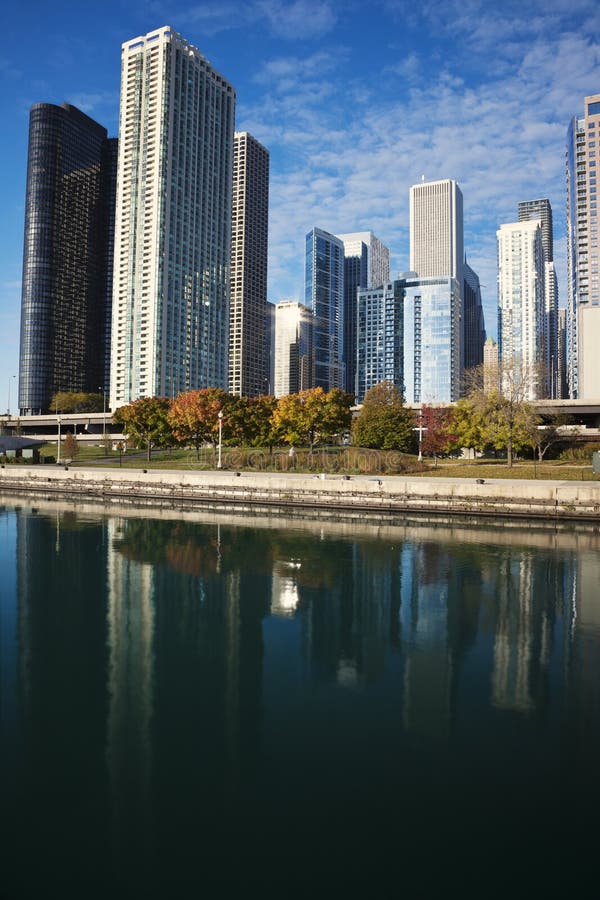

In Illinois and Indiana, commercial fisheries for yellow perch closed in 1997. State-licensed commercial fishers operate in Wisconsin and Michigan waters, and tribal commercial and subsistence fisheries operate in 1836 Treaty waters of northern Lake Michigan. Lake whitefish continues to be the most popular and valuable commercial species on Lake Michigan, although catches have declined in recent years. Some bays and drowned river mouth lakes offer excellent fishing for other species, including walleye and smallmouth bass. Recreational salmon and trout fisheries have fluctuated over the past fifty years, but Lake Michigan still supports a large charter fishing fleet that primarily targets the “big five” salmonines: chinook salmon, coho salmon, steelhead (rainbow trout), brown trout, and lake trout. Coho salmon were successfully stocked in the Platte River in 1966, and chinook salmon followed in 1967.

Lake Michigan is the birthplace of the Great Lakes salmon fishery. Harvest limits, habitat restoration, water quality regulations, and stocking programs have aided in partial recovery of some species, including lake trout, cisco, lake sturgeon, and Great Lakes muskellunge. Five deepwater cisco species disappeared from the lake due to overfishing and invasive species. Native strains of lake trout were also extirpated by the mid-1950s. Though 136 fish species appear in the Lake Michigan watershed, only 68 are found in the lake itself. Many rivers in the northeastern part of the basin support naturally-reproducing runs of introduced salmon. Dam removal and management efforts have improved conditions for spawning fish in many rivers. Spawning fish often move into rivers or use rocky reefs in Lake Michigan’s main basin.

The rotting algal muck can also harbor bacteria implicated in die-offs of fish and waterfowl in northern Lake Michigan. In shallow, rocky areas of the lake, excess nutrients can fuel the growth of bottom-dwelling algae that washes ashore and fouls beaches. In certain areas, excess nutrients create blooms of algae that die off and decompose, creating oxygen-deprived “dead zones.” Green Bay, considered the world’s largest freshwater estuary, is particularly vulnerable to these events. Large rivers and associated inland lakes formed by drowned river mouths provide important habitat connections and nutrient inputs. This provides good habitat for trout, salmon, whitefish, and other coldwater species, but the amount of food available in open water has dropped in recent years. Open-water prey fish such as alewife andīloater have declined dramatically since the 1980s. Lake Michigan’s main basin contains cold, clear, nutrient-poor water.


 0 kommentar(er)
0 kommentar(er)
